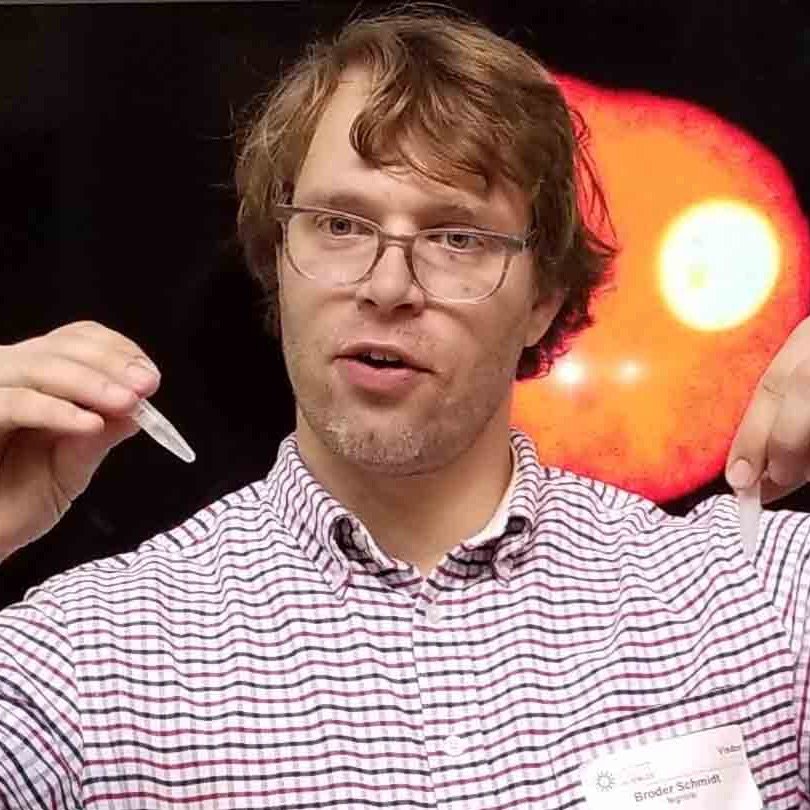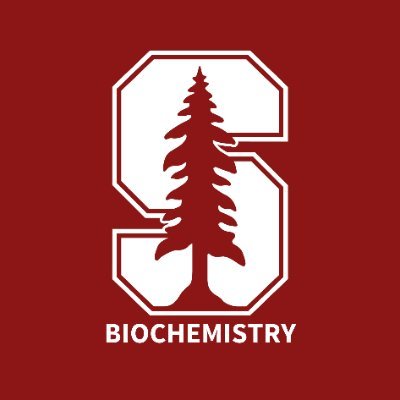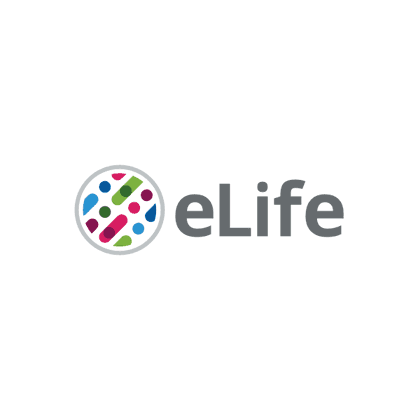
Rohatgi Lab
@RohatgiLab
Followers
291
Following
57
Media
14
Statuses
84
Official account for the Rohatgi Lab @StanfordMed. Studying signaling pathways in development, disease and homeostasis.
Stanford, CA
Joined September 2017
Post-doc and research assistant positions are available in the Rohatgi lab in the areas signal transduction, lipid signaling/metabolism, primary cilia and biomolecular condensates. See detailed descriptions at https://t.co/ADDIA1iGlB jobRxiv 22119 Please RT
rohatgilab.stanford.edu
0
5
6
Check out this new pre-print from @pawelbiologist's lab!
Proud to present our latest preprint "The exocyst complex and intracellular vesicles mediate soluble protein trafficking to the primary cilium" by @Sylwia13042567 et al. in collaboration with @RohatgiLab
https://t.co/XfmEwlhxnt
#cilia #hedgehog
0
0
1
Huge congratulations to @schmidt_lab — a 2021 Forbeck Fellow!!!! 🎉🎉🎉🎉🎉🎉
forbeckfoundation.org
The Forbeck Cancer Forums accelerate progress in the fight against cancer by fostering a results driven exchange of ideas.
3
2
10
Congrats @JennKong07, glad to see this out: https://t.co/ytDHrlNosT. Cool idea to tune development signaling in utero to manage birth defects.
biorxiv.org
Birth defects result from interactions between genetic and environmental factors, but the mechanisms remain poorly understood. We find that mutations and teratogens interact in predictable ways to...
0
1
1
Yay! Our pre-print is finally out on BioRxiv! I am thrilled to finally share chapter 3 of our MMM saga: the mystery of MOSMO! Gene-teratogen interactions influence the penetrance of birth defects by altering Hedgehog signaling strength
biorxiv.org
Birth defects result from interactions between genetic and environmental factors, but the mechanisms remain poorly understood. We find that mutations and teratogens interact in predictable ways to...
2
10
50
New preprint on the mechanism of action (MOA) by which oxaliplatin kills cells, from the @RohatgiLab and @Onn_Brandman lab, both @StanfordBiochem!
biorxiv.org
Platinum (Pt) compounds such as oxaliplatin are amongst the most commonly prescribed anti-cancer drugs. Despite their considerable clinical impact, the molecular basis of platinum cytotoxicity and...
4
19
38
@RohatgiLab, Arun Radhakrishnan, & Christian Siebold review how the Hedgehog (Hh) receptor PTCH1 uses its transporter-like function to inhibit the GPCR SMO, with cholesterol as a ligand for SMO to effect downstream signaling.
1
2
7
Woohooo!!! 🥳🎉 Our paper just went online @Dev_Cell! The major fundamental question we sought to address was, what are the mechanisms that regulate a receiving cell’s sensitivity to extracellular morphogens? 🧵🧵🧵 https://t.co/u0XbqVcZ7D
13
35
188
Congratulations Maia!
Maia Kinnebrew has received the 2019-20 Stanford Biosciences Excellence in Service to Graduate Students award! This award recognizes students who devote a large amount of time trying to improve the quality of the Stanford graduate student experience. Congratulations, Maia!
1
0
2
We welcome feedback on our characterization of a novel membrane-tethered ubiquitination pathway critical for the proper patterning of multiple tissues during development. In collaboration with the labs of Cecilia Lo, Teresa Gunn, and L. Aravind. https://t.co/9AtQ9SqyEO
biorxiv.org
The etiology of congenital heart defects (CHDs), amongst the most common human birth defects, is poorly understood partly because of its complex genetic architecture. Here we show that two genes...
1
7
18
Check out this article by Ramin Dubey of the Rohatgi Lab and collaborators just published in eLife! "R-spondins engage heparan sulfate proteoglycans to potentiate WNT signaling"
elifesciences.org
Heparan Sulfate Proteoglycans function as receptors for the R-spondins, a family of growth factors that amplify the strength of WNT signaling during development and in adult stem cells.
0
3
6
Congrats to Ramin Dubey on his work linking lipid droplets to hydrophobic drug activation: https://t.co/1XwlLIbHMI. We are grateful to our our collaborators and to @OlzmannLab for their News and Views on "enzymatically regulated phase partitioning":
nature.com
Nature Chemical Biology - Lasonolide A is hydrolyzed into a cytotoxic metabolite by a lipid droplet-associated orphan serine hydrolase, showing that lipid droplets can promote drug toxicity by both...
0
6
25
Membrane cholesterol accessibility as the messenger that communicates the hedgehog signal between patched and smoothened. Collaborative work with Arun Radhakrishnan's lab: https://t.co/l2DZ3dycB7
#gpcr #cilia #lipids #signaling #developmentalbiology #crispr
elifesciences.org
The patched hedgehog receptor inhibits the transmembrane transducer smoothened by reducing the accessibility of cholesterol locally at the membrane of the primary cilium.
1
1
9
Broder's new paper presents a rigorous approach to test the connection between phase separation and function. Distinguished by the use of compositional mutagenesis to tune phase properties linked to hard biochemical readouts. https://t.co/VPl7I3tT3j
0
8
23
Shorter title, new in vitro data, updated single-cell splicing reporter (available @Addgene): our work on TDP43 phase separation and splicing function is now online! https://t.co/ELNY1Me8F4
@RohatgiLab @StanfordBiochem
7
23
86
Nice collaboration with the Siebold lab reveals the deep evolutionary connection between Hedgehog signaling and cholesterol transport-- congratulations to Maia Kinnebrew. Cholesterol is both a substrate and (when coupled to a protein ligand) an inhibitor of Patched!
Our new paper from @RohatgiLab and Christian Siebold’s group at @NDMOxford used structural and MD analysis to show that cholesterol inhibits Patched by inserting into the extracellular domain. Readable link at https://t.co/AR0H6s8TEn.
0
6
14
We welcome feedback on @biorxivpreprint in collaboration with Radhakrishnan lab: sphingomyelin and accessible cholesterol regulate Hedgehog signaling at primary cilia #gpcr #cilia #lipids #signaling #developmentalbiology #crispr
biorxiv.org
Transmission of the Hedgehog signal across the plasma membrane by Smoothened is proposed to be triggered by its direct interaction with cholesterol. But how is cholesterol, an abundant lipid,...
0
7
12
A review from our own Jenn Kong on biochemical mechanisms of Hedgehog signaling, written with Christian Siebold, is out in Development-- includes an analysis of the many patched and smoothened structures. @Dev_journal
0
2
14
The NIH has awarded Jennifer Kong of the @RohatgiLab the K99/R99 Pathway to Independence Award! This award aims to help outstanding postdoctoral researchers complete training and transition to independent, tenure-track or equivalent faculty positions. Congratulations, Jenn!
0
3
8










